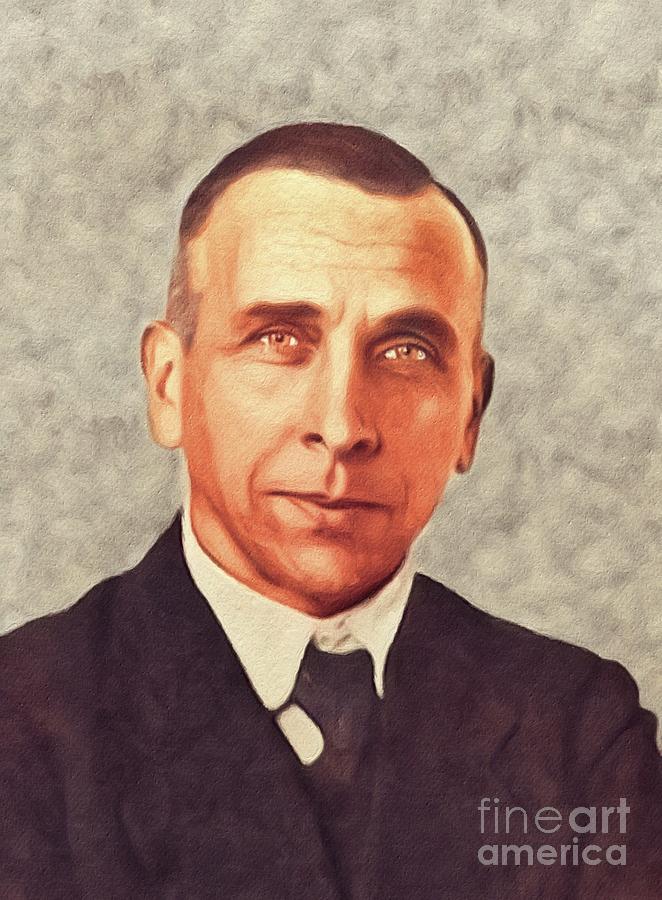
His body was found six months later buried by one of his teammates along with the pair of skis he was using. Tragically, Wegener died on his last Greenland expedition in October 1930. In the modern day however, the theory that all the world’s continents were once a huge mass of land is held widely. Later deep sea expeditions proved that Wegener’s theory was at least partly true, and clues to how the continents drifted apart could be found in the waves of the ocean floor. His theory is also known as the theory of plate tectonics. Sadly, though, at the time of Wegener’s death his Pangaea theory of the continental drift was not widely accepted. Instead of believing the second part of Wegener’s theory, they believed that the sea levels kept rising and covering land in other words that the land had sunk below sea level.īut this alternate theory did not seem very believable either, because it did not explain Wegener’s observations of mountain ridges and continents fitting together like a puzzle.

While people readily believed that all the continents had once been a mass of land, what they could not believe is that they had drifted through the sea because they would have sunk. He believed that something had caused this mass of land to split up into continents, and then drift away in sea and be where they are now. Wegener’s research led him to find that even certain animal fossils found in Antarctica could never have survived there originally because of the cold, and was therefore most definitely closer to the equator.Īll these factors together led Wegener to believe that the whole world was once an entire block of land, what he called Pangaea. Even animal and plant fossils found on one continent were found on other continents that were now separated by the ocean. This similarity did not extend only to rocks and soil. Like you, many people back then had noticed it too.Įven mountain ridges across continents would match up when fitted together, and the type of rocks on one continent would match the continent right opposite it. If you look closely at a world map you would see that the West coast of Africa and the East coast of South America would fit together like a jigsaw puzzle if you removed the ocean in between. But he was the first scientist brave enough to talk about it and base his career on it. In fact, he was not the first scientist to come up with this idea. Wegener’s theory of continental drift said that the continents had started off as one huge block of land, but over time these had started drifting apart. His ideas on the continental drift were first revealed on the 6th of January 1912, but many people rejected it and thought him crazy! He lectured in meteorology on his return and all his lectures were grouped together into a book that had many facts from his expeditions to Greenland. His elder brother Kurt was similarly interested in meteorology and these two brothers were the first to start using weather balloons.ĭuring this expedition, Wegener built the first weather station in Greenland where he used to launch kites and weather balloons to measure the climate in the Arctic zone. During this time he was also an assistant at an observatory, and became a doctor of astronomy afterwards.

He was a great student and later studied physics, meteorology and astronomy in Berlin. He was born on the 1st of November 1880 in Berlin, Germany and was the youngest of five children to a clergyman and his wife. In 1912, he presented the idea of "continental displacement"-which would later become known as "continental drift"-to explain how the continents moved toward and away from one another throughout the Earth's history.Alfred Lotha Wagener is best known for his work in geology that led him to propose his theory of Continental Drift. He eventually articulated the idea that all of the Earth's continents were at one time connected into one large supercontinent. In 1911, Wegener also came across several scientific documents stating there were identical fossils of plants and animals on each of these continents. He had noticed, in 1910, that the eastern coast of South America and the northwestern coast of Africa looked as if they were once connected. During his time at the university, Wegener developed an interest in the ancient history of the Earth's continents and their placement. Shortly after receiving his Ph.D., Wegener began teaching at the University of Marburg in Germany, and in 1910 he drafted his "Thermodynamics of the Atmosphere," which would later become an important meteorological textbook.


 0 kommentar(er)
0 kommentar(er)
